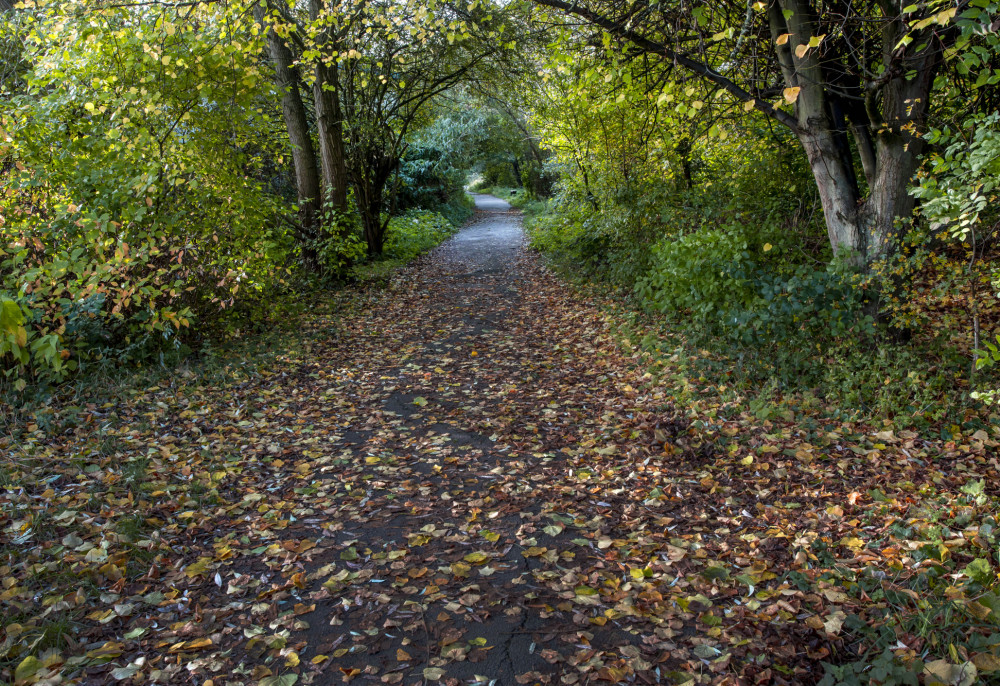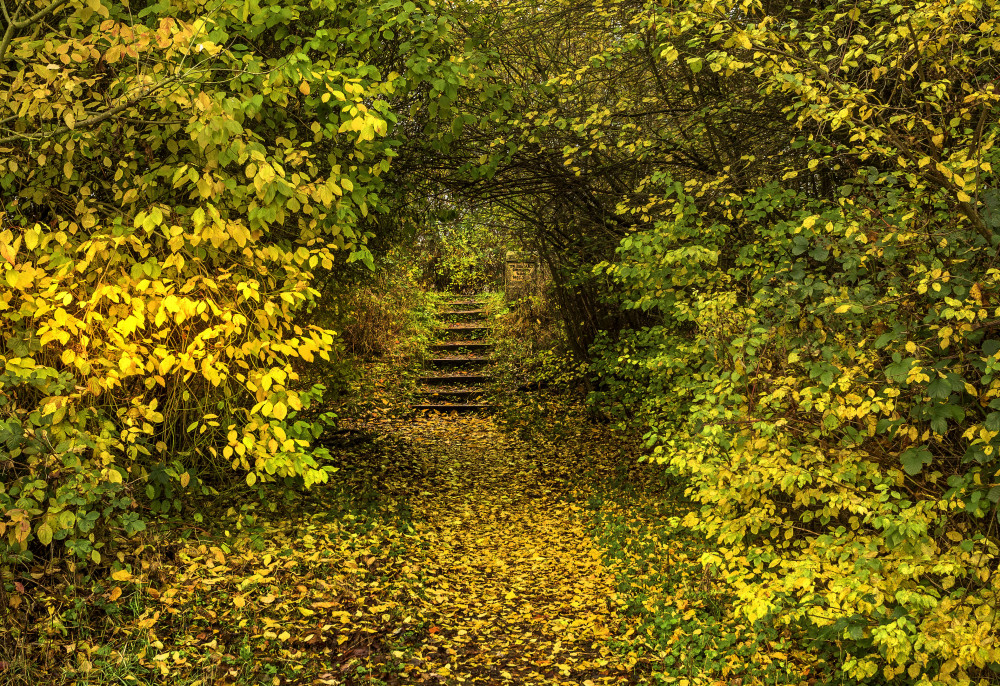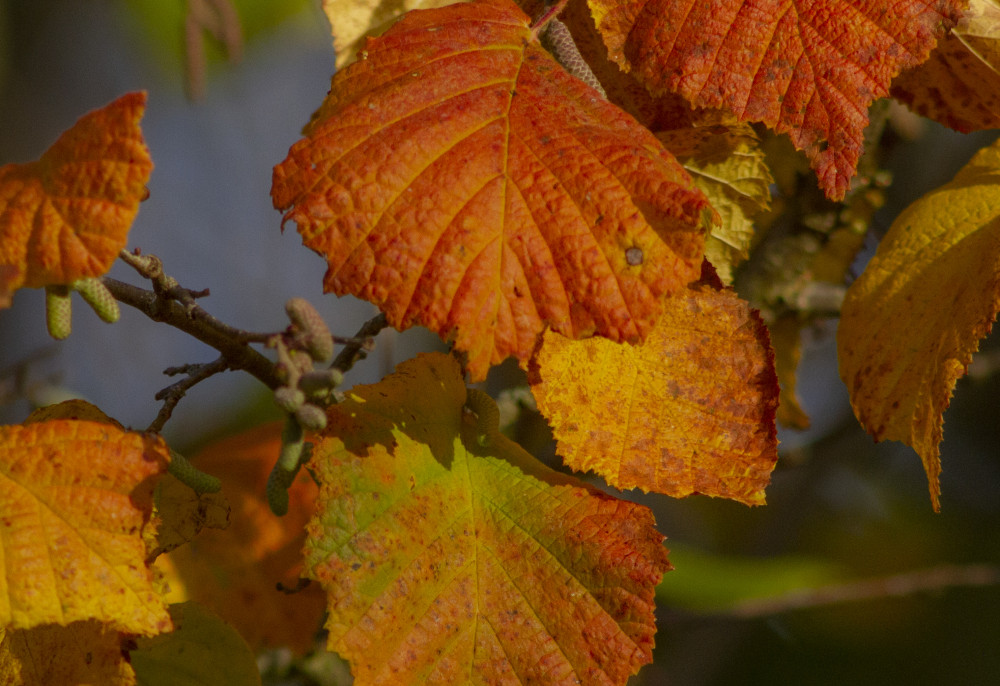From meadows to bricks
The earliest records of St Nicholas Fields come from the 12th century when the land was leased to the nearby hospital of St Nicholas. The hospital was founded in the reign of Henry I to accommodate up to forty patients, mostly suffering from leprosy. At this time the Fields were meadows, surrounded by remnants of ancient woodland. The monks of St Nicholas Hospital probably grazed cows here to supply their community with milk and they owned a windmill which stood near the present day entrance to Tang Hall Lane.
In 1142 St Nicholas Church was founded about one third of a mile from Walmgate Bar right by the hospital which it was supposed to serve. Its site is now occupied by a row of terrace houses numbered 136 to 146 Lawrence Street. Around 1280 it became a parish church for the parishioners of St Nicholas parish.
The church was of strategic importance in the Civil War, during the siege of York in 1644. During April and May of that year, the Royalists were using the tall tower of the church as a lookout point and the main body of the church as a prisoner of war compound for captured Parliamentarians. On 13 May 1644 St Nicholas Church was attacked and captured by Sir Thomas Fairfax’s parliamentary forces. The belfry tower was used by snipers to fire their muskets against the Royalists defending York around Walmgate Bar. During these skirmishes the church and tower were ruined and never rebuilt.
The site became a stone scrap yard, stone from the ruined church being used to repair other damaged buildings in and around the city. In 1648 the tower and roof of St Margaret’s Church in Walmgate were being rebuilt, around this time the porch from St Nicholas Church was transferred here where it can be seen today. This porch has been described as one of the finest Norman doorways in York.
Meanwhile the site of St Nicholas Fields (24 acres) was part of Tang Hall Fields (160 acres) owned by the Prebend of Fridaythorpe. In 1525 York Corporation took the lease of the land and sub-let part of the Fields. Corporation records from 1597 show that 115 commoners grazed 88 cows and 41 horses here, while 8 freemen rented winter grazing.
Brick works & railway
In 1837 St Nicholas Fields, and surrounding land, was purchased by James Barker for £10,000 who rented it out for clay extraction and brick works. Bricks from these works were used to build the houses in James Street and Nicholas Street, among many others. The 1900 O.S. map shows a small James Street Brick Works and a larger St Nicholas Works on opposite sides of Brickyard Lane.
In 1913 the Derwent Valley Light Railway was completed which linked Layerthorpe and Cliffe Common near Selby. This 16 mile track was the only agricultural railway ever built in Britain under the Light Railways Act of 1896. Chicory was one of the crops which were transported from the farms to Rowntree’s Factory and which can still be found on the site probably having escaped in form of seeds from passing trains. The railway was closed in 1981.
In 1919 the City Corporation repurchased the land from Lawrence Street to Heworth for housing development, as part of a programme to re-house people from slums in the city centre. St Nicholas Brick Works continued in production until the 1950s, making the bricks for thousands of new homes, including the Tang Hall estate.






